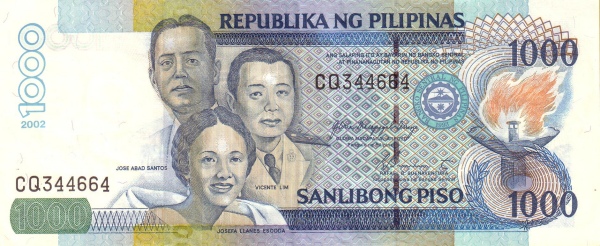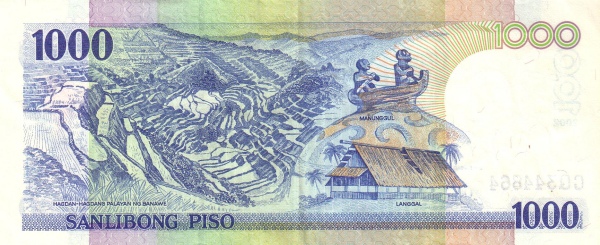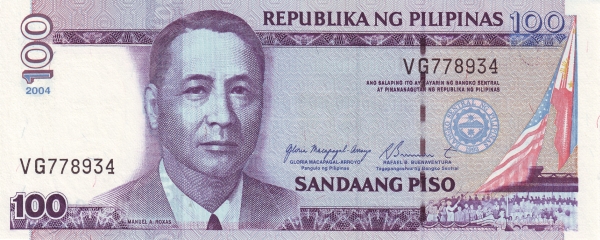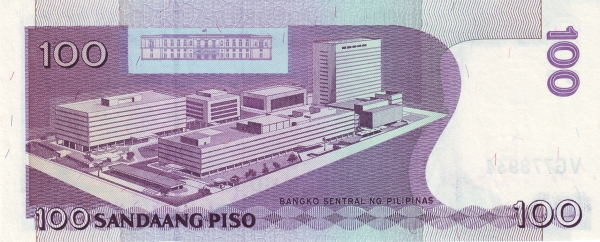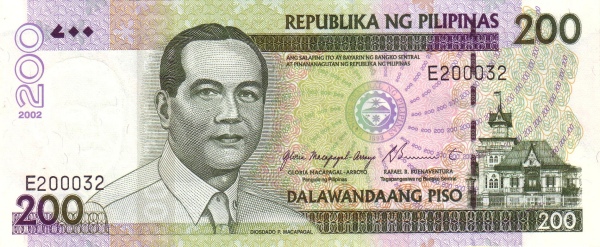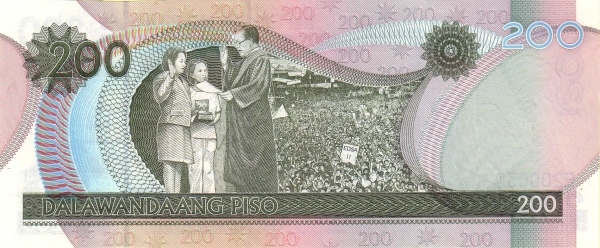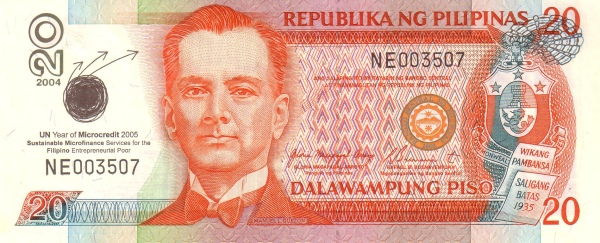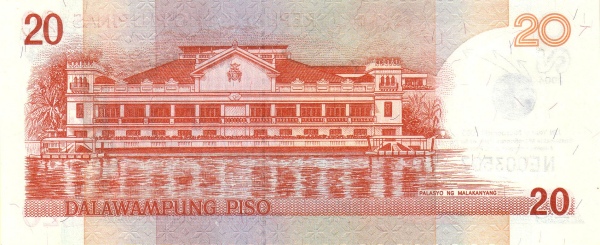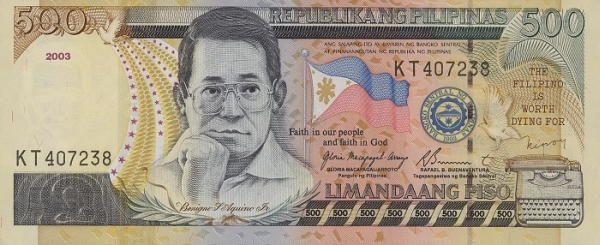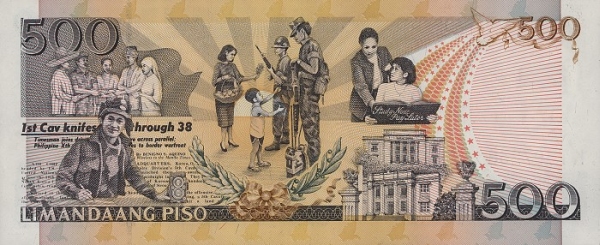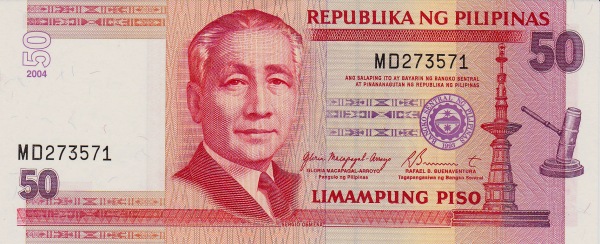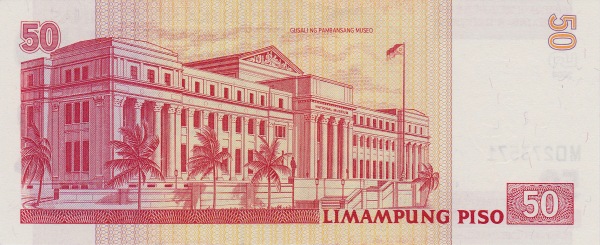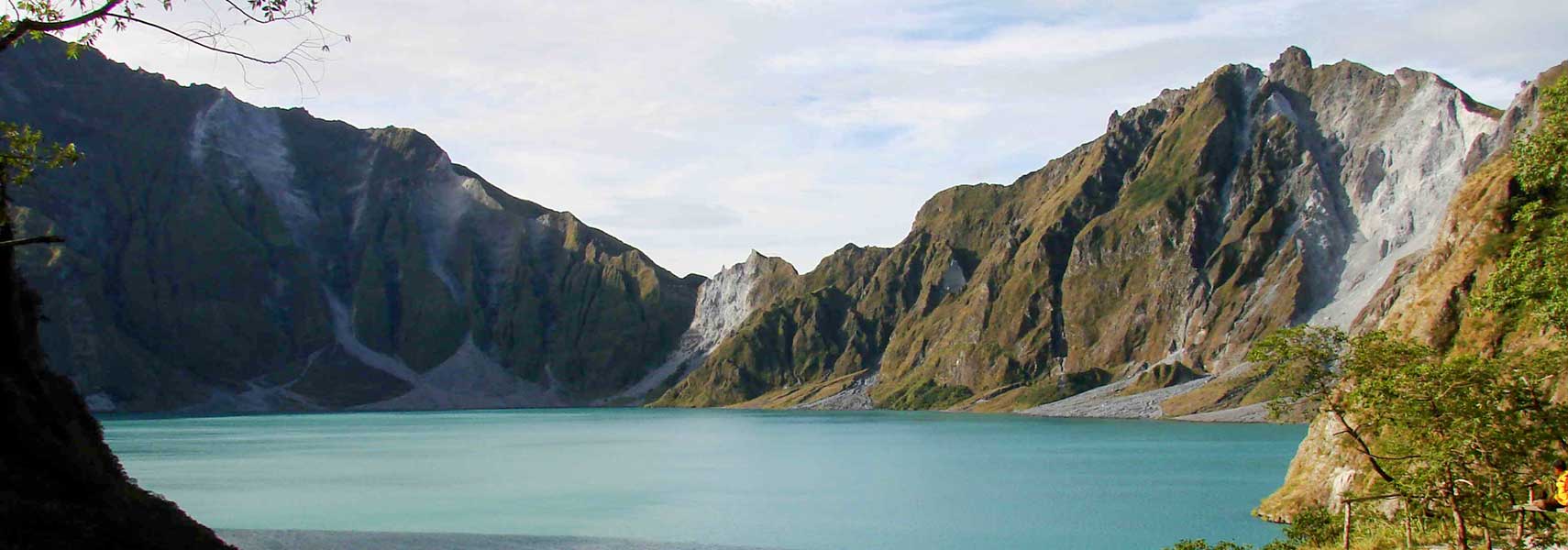The Fascinating Philippines: An Overview
The Philippines, situated in Maritime Southeast Asia, presents a captivating mosaic of culture, nature, and history. With over 7,640 islands, this archipelago lies south of Taiwan, nestled between the South China Sea and the Pacific Ocean. Notably, the country shares maritime borders with prominent nations like China, Indonesia, and Vietnam. Consequently, the Philippines boasts one of the richest cultural tapestries in the region, influenced by various civilizations. This remarkable nation comprises three main island groups: Luzon, Visayas, and Mindanao. Altogether, the islands cover an area of approximately 300,000 square kilometers—slightly larger than the US state of Arizona. The Philippines has earned its place as the second-most populous island country globally, hosting around 114 million individuals as of 2024.
Cultural Diversity in the Philippines
The Philippines showcases a vibrant mixture of cultures stemming from its diverse history. Spanish explorers first arrived in the 16th century, igniting a long colonization period that lasted until 1898. During this era, the Spaniards instilled elements of their culture, religion, and language into the Filipino way of life. Following Spanish rule, the United States took control, shaping modern Philippine society. This rich historical background contributes to the nation’s unique identity, blending Eastern and Western influences harmoniously.
The Main Island Groups of the Philippines
Among the three main island groups, Luzon stands out as the largest, housing over half of the nation's population. It is also home to the capital city, Manila, which plays a pivotal role in the country's political and economic landscapes. Conversely, Visayas and Mindanao offer distinct cultures and traditions that further enrich the Philippine experience. Travelers often gravitate toward the pristine beaches of the Visayas, while Mindanao introduces them to unique indigenous customs.
Language and Religion in the Philippines
In the Philippines, Filipino and English reign as the official languages, while several regional dialects flourish. The linguistic variety reflects the nation’s diverse ethnic backgrounds, enhancing communication among different cultural groups. Moreover, religion profoundly shapes Filipino life. Approximately 80% of the population identifies as Roman Catholic, while Islam represents about 6.4%-8% of the populace. This religious mixture plays a significant role in shaping the country's customs and festivities.
Geographical Wonders of the Philippines
Geographically, the Philippines is renowned for its breathtaking landscapes and natural wonders. It is home to the pristine beauty of the Banaue Rice Terraces, hailed as an engineering marvel carved into the mountains thousands of years ago. Additionally, the country boasts stunning beach destinations like Boracay and Palawan, which attract both local and international tourists. Adventure seekers flock to discover the magnificent diving spots in Tubbataha Reefs Natural Park, a UNESCO World Heritage site celebrated for its diverse marine life.
Political Landscape and Recent Developments
Recent years saw a notable shift in the Philippines' political climate. Former President Duterte announced his intention to pivot away from long-standing relationships with the United States, favoring a strategic partnership with China instead. This change reflects a broader movement within the region, as nations reassess their diplomatic ties. Duterte’s statement at the Great Hall of the People in Beijing underscored this transformation: "America has lost. I've realigned myself in your ideological flow." It signified a desire to engage with new allies, marking a pivotal moment in Philippine foreign relations.
Looking Ahead: The Future of the Philippines
As the nation moves forward, the upcoming elections will shape the Philippines' political landscape. Various candidates, including Leni Robredo and Bongbong Marcos, are vying for the presidency. This election has not been without controversy, as misinformation on social media has become a defining feature. Observers eagerly anticipate how these developments will impact the nation’s trajectory as it strives to balance tradition and modernization.
Conclusion: The Philippines Awaits
In conclusion, the Philippines is a nation rich in diversity, history, and stunning natural beauty. Its colorful past has forged a unique cultural identity that attracts visitors from around the world. As the country stands on the brink of change, both politically and socially, it will continue to captivate hearts. Whether exploring the lush landscapes, immersing in vibrant festivities, or engaging with its friendly people, the Philippines offers an unforgettable experience that beckons travelers and locals alike.
Largest cities of: Philippines
| City Name | Population | Year of foundation | |
| Manila | 1,780,148 | 1571 | |
| Quezon City | 2,936,116 | 1939 | |
| Davao City | 1,632,994 | 1903 | |
| Cebu City | 922,611 | 1565 | |
| Taguig | 882,000 | 1571 | |
| Zamboanga City | 861,799 | 1635 | |
| Antipolo | 799,016 | 1591 | |
| Pasig | 755,300 | 1573 |
Philippines: Money
